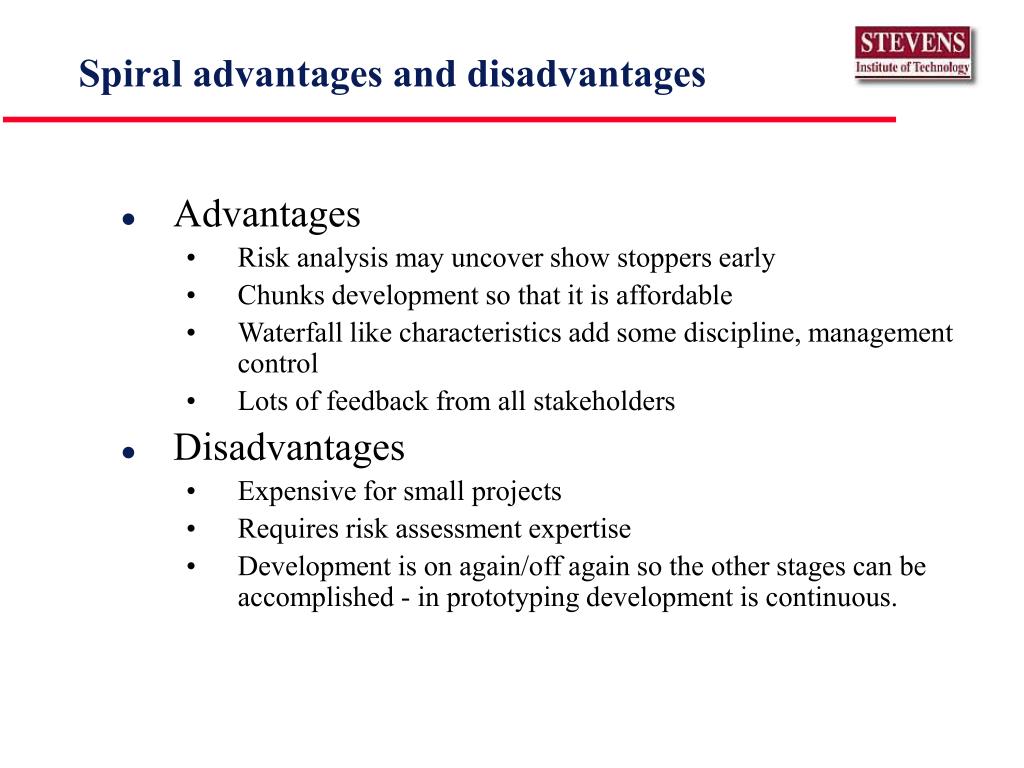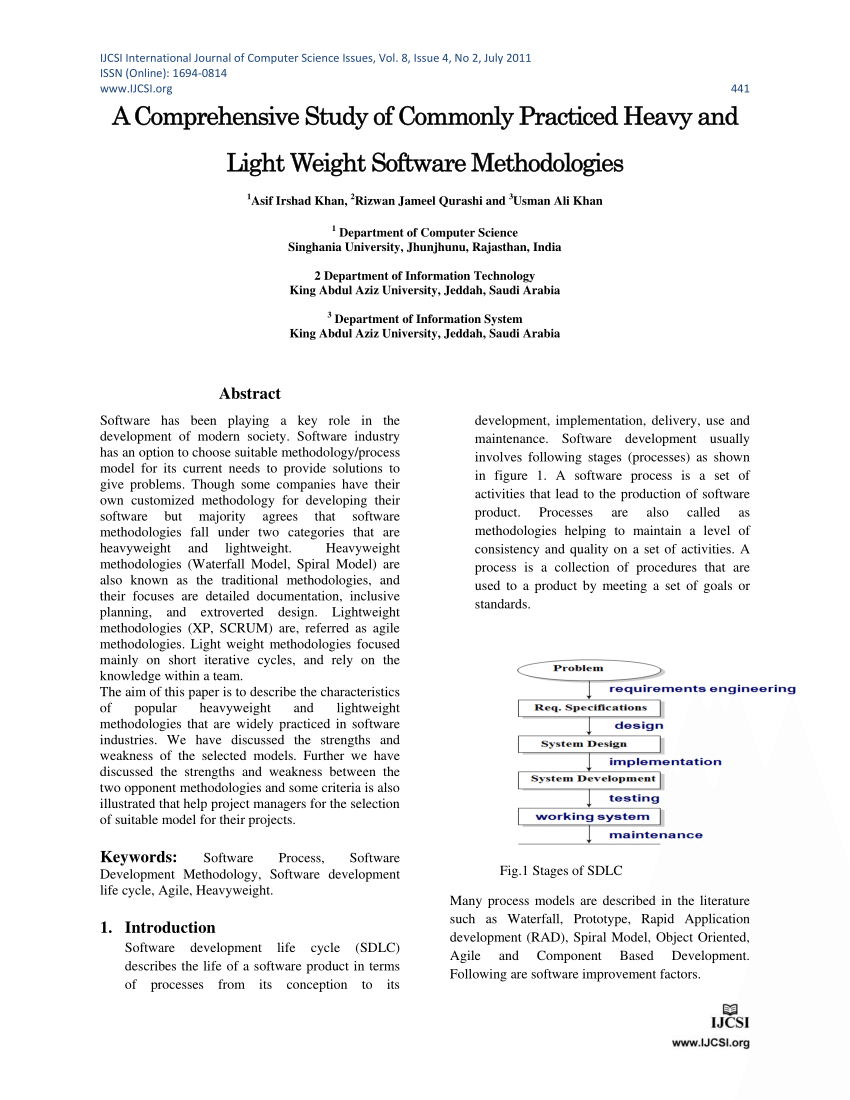

- #CONCURRENT DEVELOPMENT MODEL ADVANTAGES AND DISADVANTAGES SOFTWARE#
- #CONCURRENT DEVELOPMENT MODEL ADVANTAGES AND DISADVANTAGES SERIES#
Rather thanconfining software engineering activities to a sequence of events, it defines a network of activities. In reality, the concurrent process model is applicable to all types of software development and provides an accurate picture of the current state of a project. (1) system and component activities occur simultaneously and can be modeled using the stateoriented approach described previously (2) a typical client/server application is implemented with many components, each of which can be designed and realized concurrently. The component dimension is addressed with two activities: design and realization. System level issues are addressed using three activities: design, assembly, and use. When applied to client/server, the concurrent process model defines activities in two dimensions : a system dimension and a component dimension. A client/server system is composed of a set of functional components. The concurrent process model is often used as the paradigm for the development of client/server applications. This generates the event analysis model correction which will trigger the analysis activity from the done state into the awaiting changes state. For example,during early stages of design, an inconsistency in the analysis model is uncovered.

#CONCURRENT DEVELOPMENT MODEL ADVANTAGES AND DISADVANTAGES SERIES#
The concurrent process model defines a series of events that will trigger transitions from state to state for each of the software engineering activities. If, however, the customer indicates that changes in requirements must be made, the analysis activity moves from the under development state into the awaiting changes state. The analysis activity (which existed in the none state while initial customer communication was completed) now makes a transition into the under development state. For example, early in a project the customer communication activity (not shown in the figure) has completed its first iteration and exists in the awaiting changes state. All activities exist concurrently but reside in different states. Similarly, other activities (e.g., design or customer communication) can be represented in an analogous manner. The activity-analysis-may be in any one of the states noted at any given time. For example, the engineering activity defined for the spiral model is accomplished by invoking the following tasks: prototyping and/or analysis modeling, requirements specification, and design. The concurrent process model can be represented schematically as a series of major technical activities, tasks, and their associated states. is driven by user needs, management decisions, and review results. Most software development process models are driven by time the later it is, the later in the development process you are. Kellner's more recent work uses statecharts to represent the concurrent relationship existent among activities associated with a specific event (e.g., a requirements change during late development), but fails to capture the richness of concurrency that exists across all software development and management activities in the project. Software engineering process models by Humphrey and Kellner have shown the concurrency that exists for activities occurring during any one phase. personnel are writing requirements, designing, coding, testing, and integration testing. project is in the coding phase, there are personnel on the project involved in activities typically associated with many phases of development simultaneously. These are examples of trying to track extremely complex sets of activities using overly simple models. The concurrent development model, sometimes called concurrent engineering, has been described in the following manner by Davis and Sitaram : Project managers who track project status in terms of the major phases have no idea of the status of their projects. It requires to remember the status of the different activities.


It needs better communication between the team members. It provides an accurate picture of the current state of a project.ĭisadvantages of the concurrent development model It gives immediate feedback from testing. This model is applicable to all types of software development processes. Advantages of the concurrent development model The concurrent process model activities moving from one state to another state If the customer specifies the change in the requirement, then the modeling activity moves from the under development state into the awaiting change state. The modeling activity completed its initial communication and then go to the underdevelopment state. The communication activity has completed in the first iteration and exits in the awaiting changes state. The concurrent development model is called as concurrent model. Concurrent Process Models The concurrent development model


 0 kommentar(er)
0 kommentar(er)
